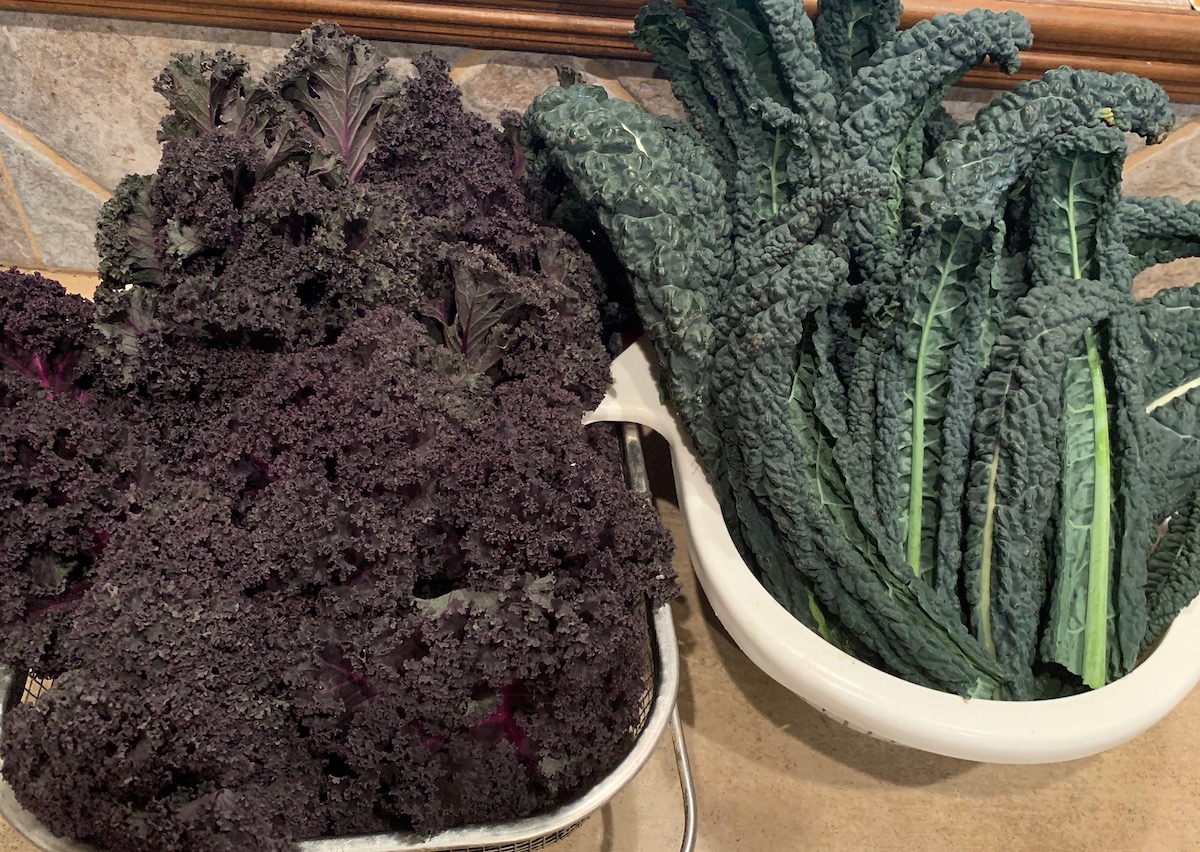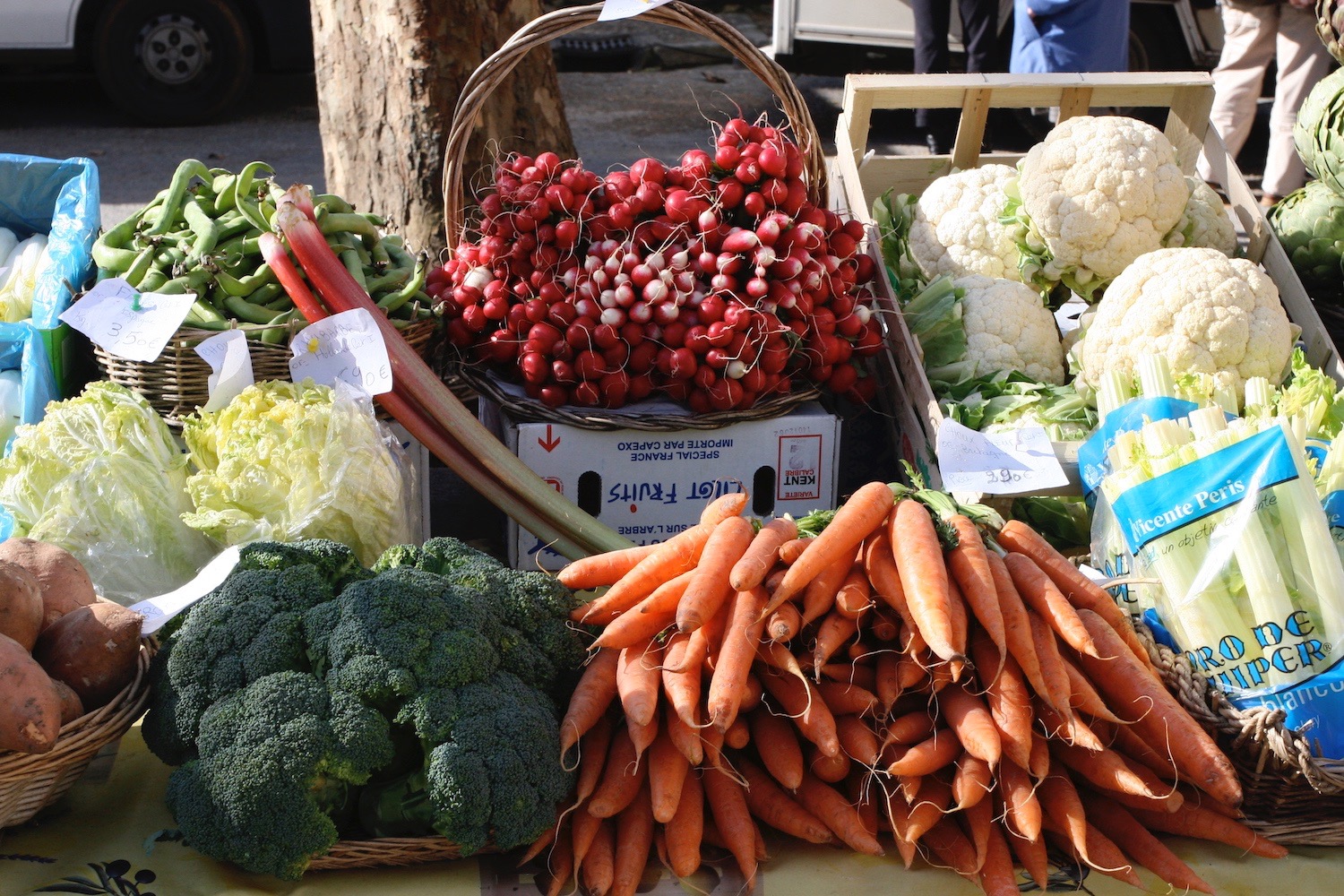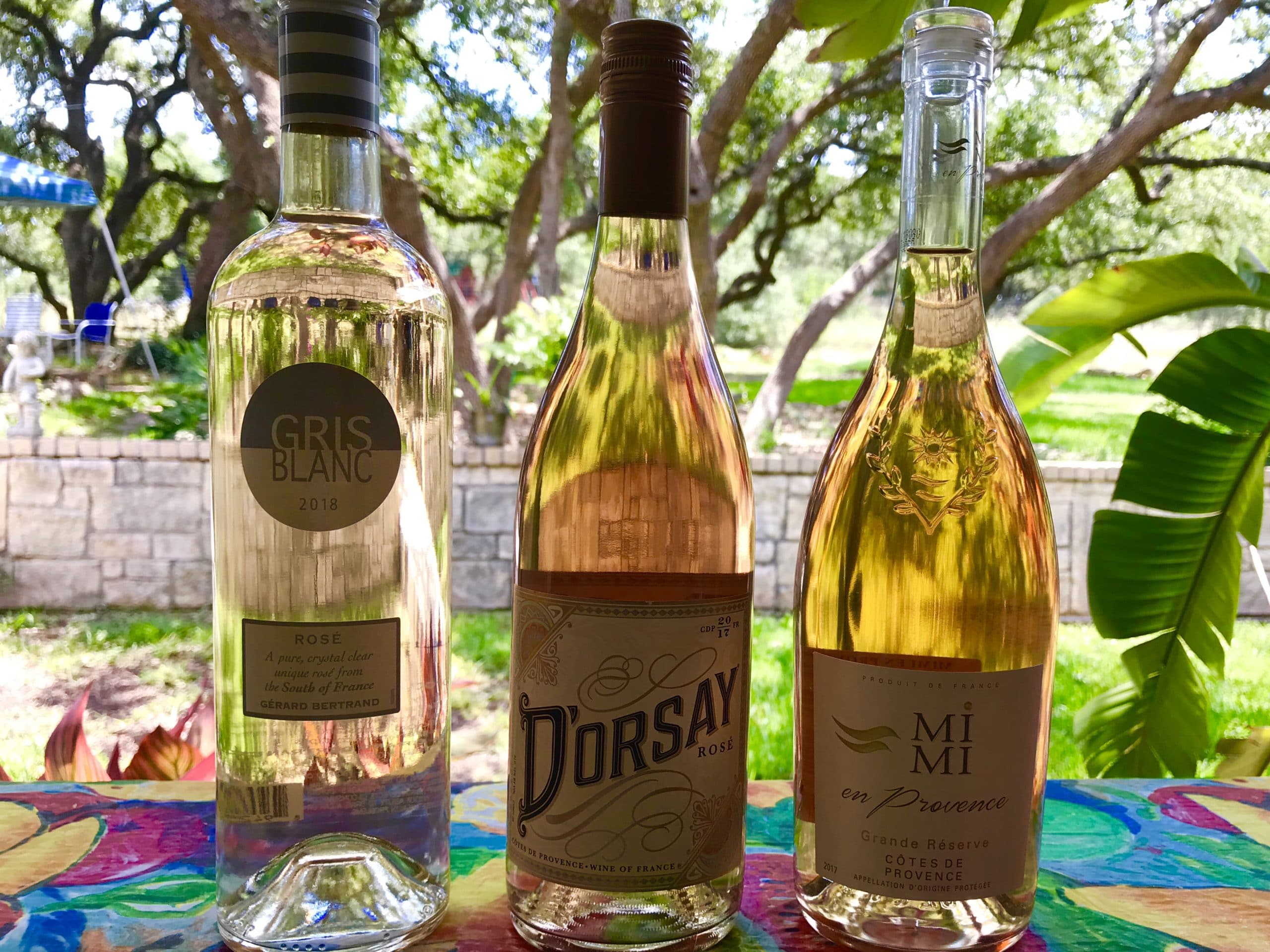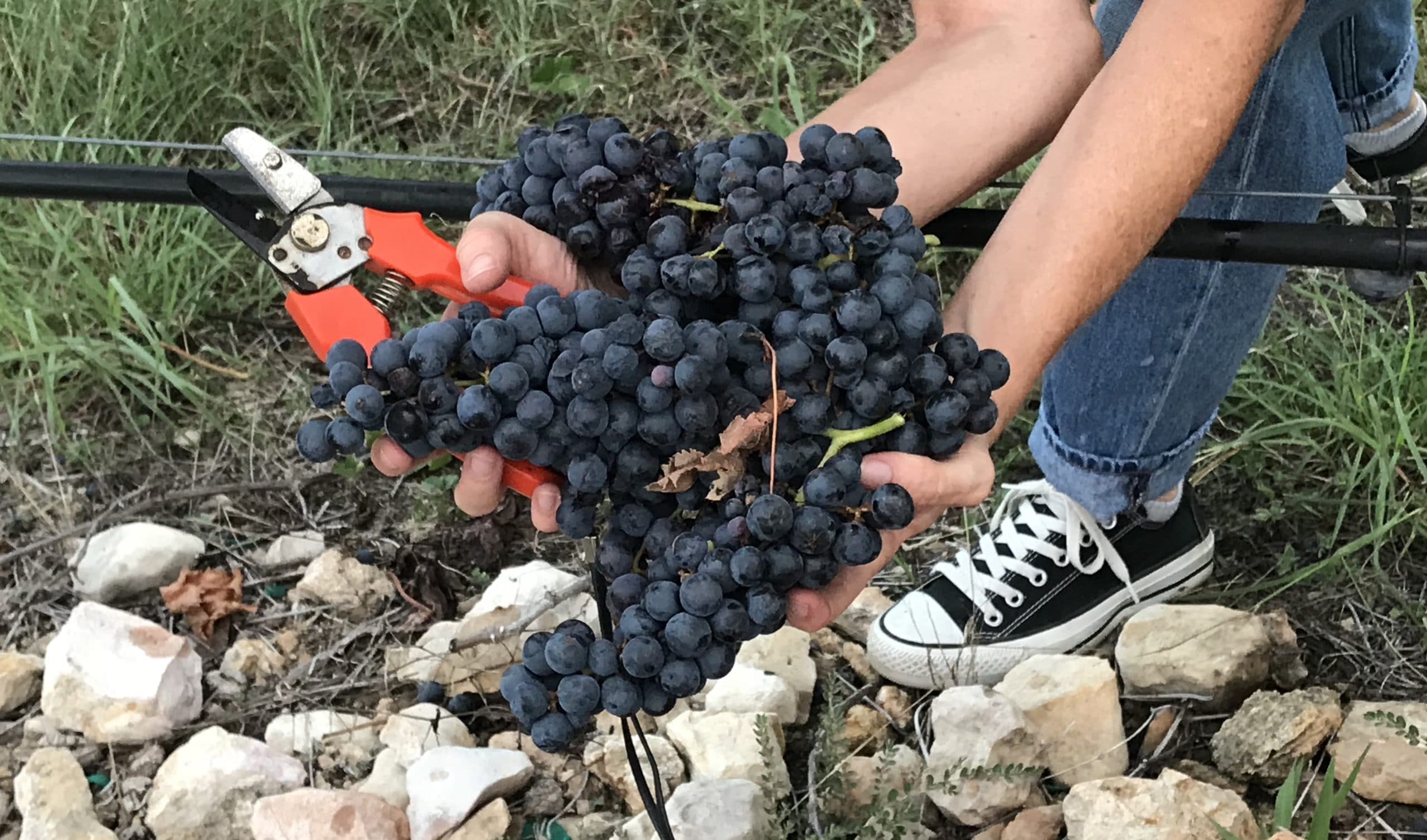
It’s 6:30am on a Saturday, a very pleasant 74 degrees, coffee in one hand, clippers in the other – this is how we do grape harvest in Central Texas.
Phase I:
Ok, the coffee had to share space in my grape box. The air was buzzing with the chatter from my fellow harvesters. We help out a friend that has a small vineyard in our area. We get to participate in something people rarely have access to, and he gets willing participants to help with a labor intensive process. Wine-win! Oh, I mean win-win…

The whites, in this case Viognier, are ready to harvest first. Then about two weeks later, it’s time for the reds, which are Mourvedre, Tempranillo and Syrah. The clusters of reds are easier to see on the vines, but the whites hide. The grapes seem to tangle themselves around shoots, leaves and wire to make it as hard as possible to sever them from their life source. No matter, when you want wine, nothing stands in your way!
Keeping the varietals separated can be a challenge, but necessary. Once we’ve gone through the rows, we double check to make sure no little bunches of potential were missed. It’s surprising how many were cloaked from view.
Phase II:
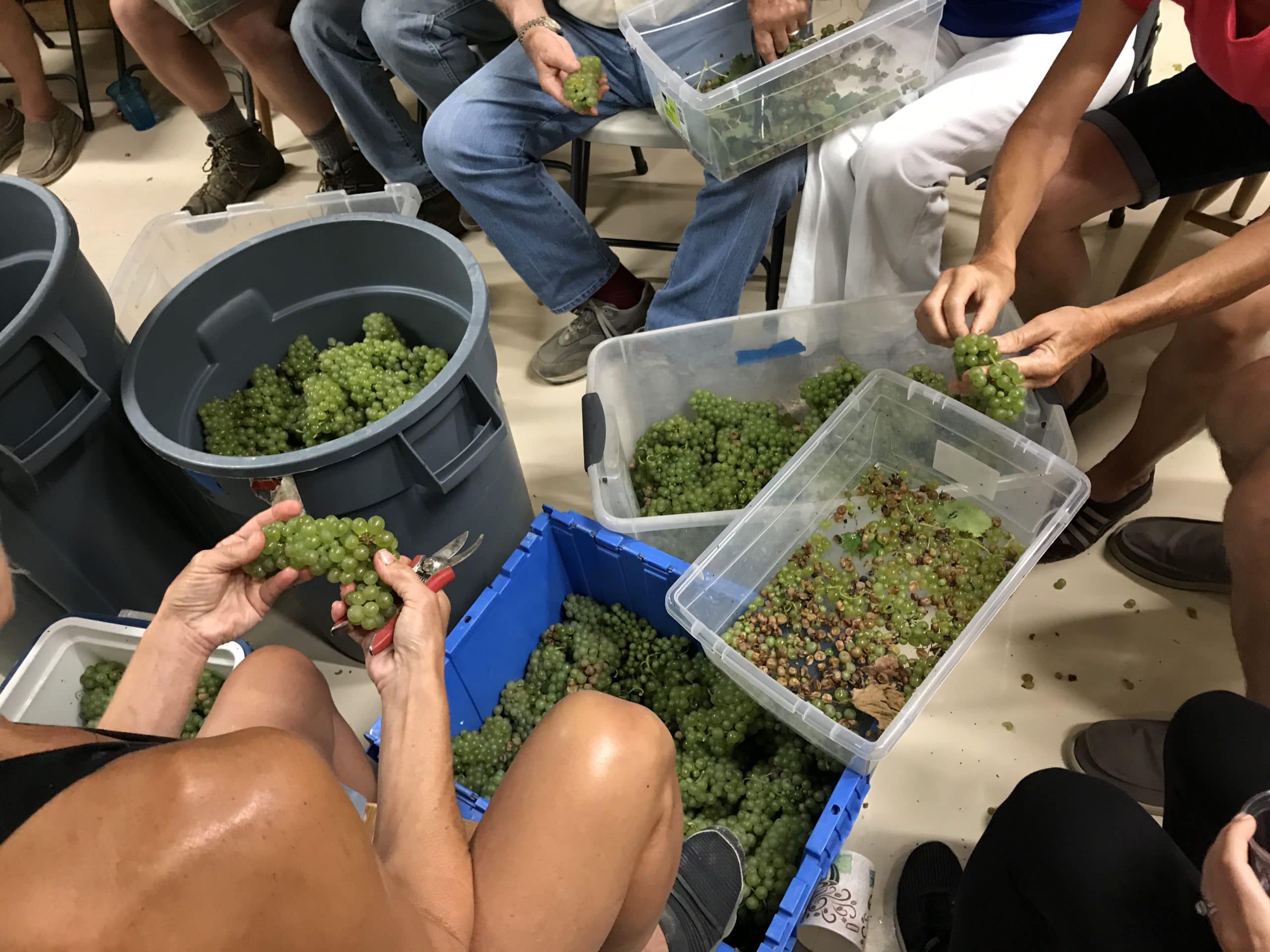
The tubs of clusters are taken to the “shed” for the next phase. Now it’s time to clean them up. It’s also when the wine from the last two years’ harvests starts to flow. Cheers!
We remove the deteriorated, broken berries and the ones that didn’t mature. It’s fun, but the number of bugs that escape out of the bunches creeps me out! Thank Bacchus they don’t bite!
Phase III:
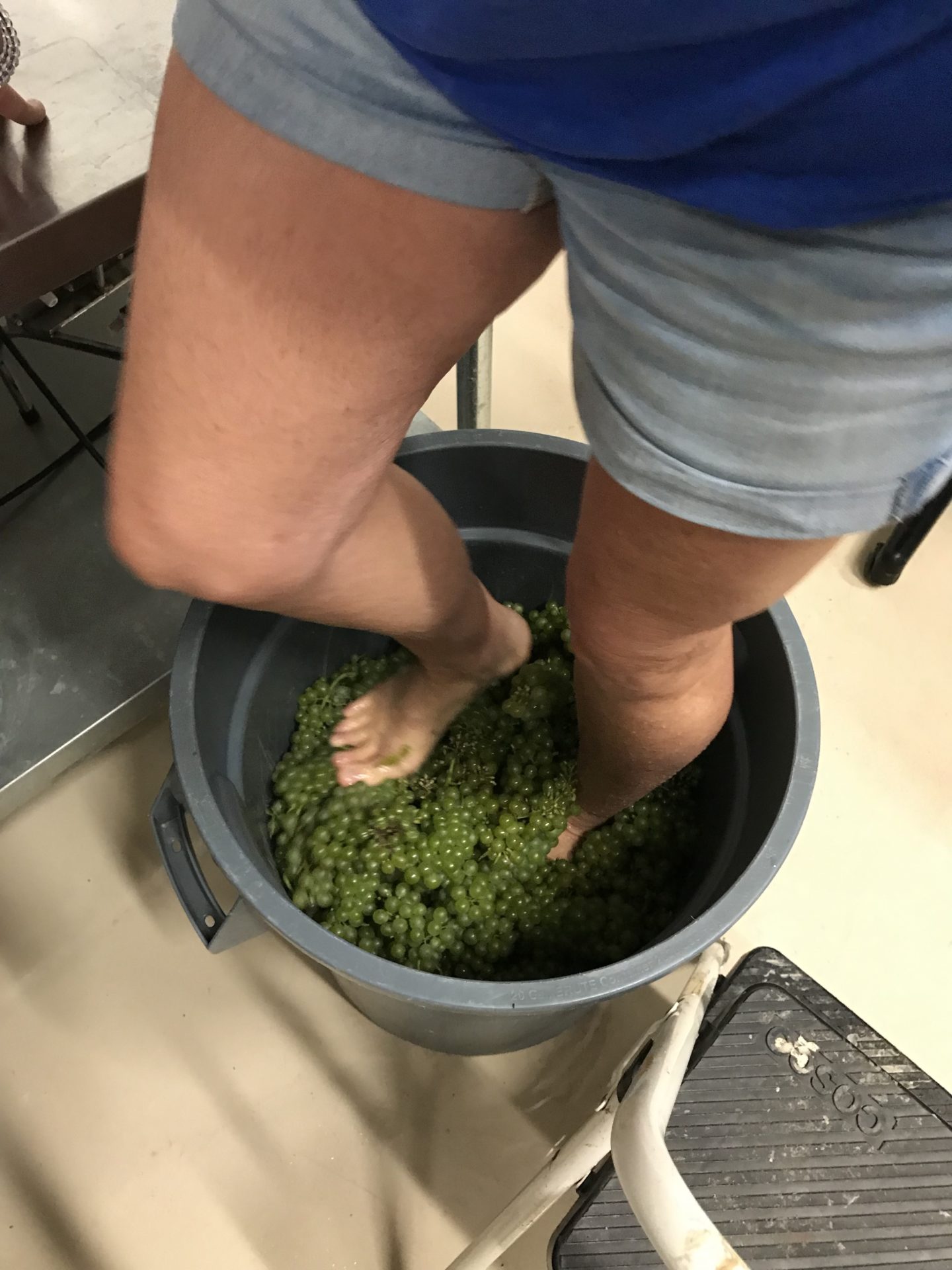
From this point the treatment of the whites and reds differ. The cleaned white clusters go straight into barrels to be stomped. Yes – I said stomped. Our host swears that only women do the stomping. He says it’s good luck, but I think that it’s because men’s legs are hairy, and they don’t want to look stupid.
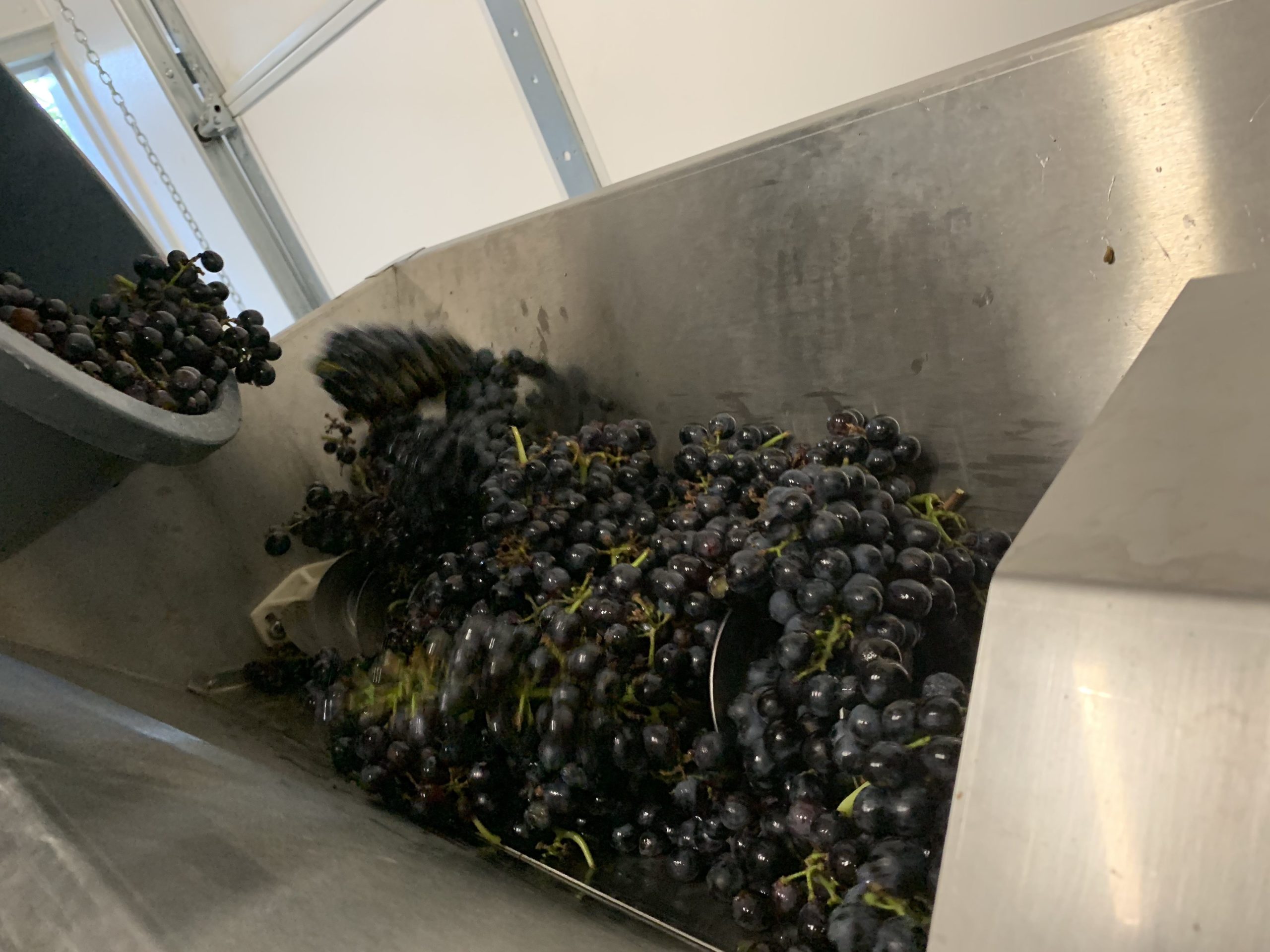
The reds go into the de-stemmer after being cleaned. The red juice stays on the skins and seeds for a period of time to get the color from the polyphenols just below the surface of the skins. But the stems need to be removed to prevent bitter tannins from leaching out of the stems. We don’t want that!
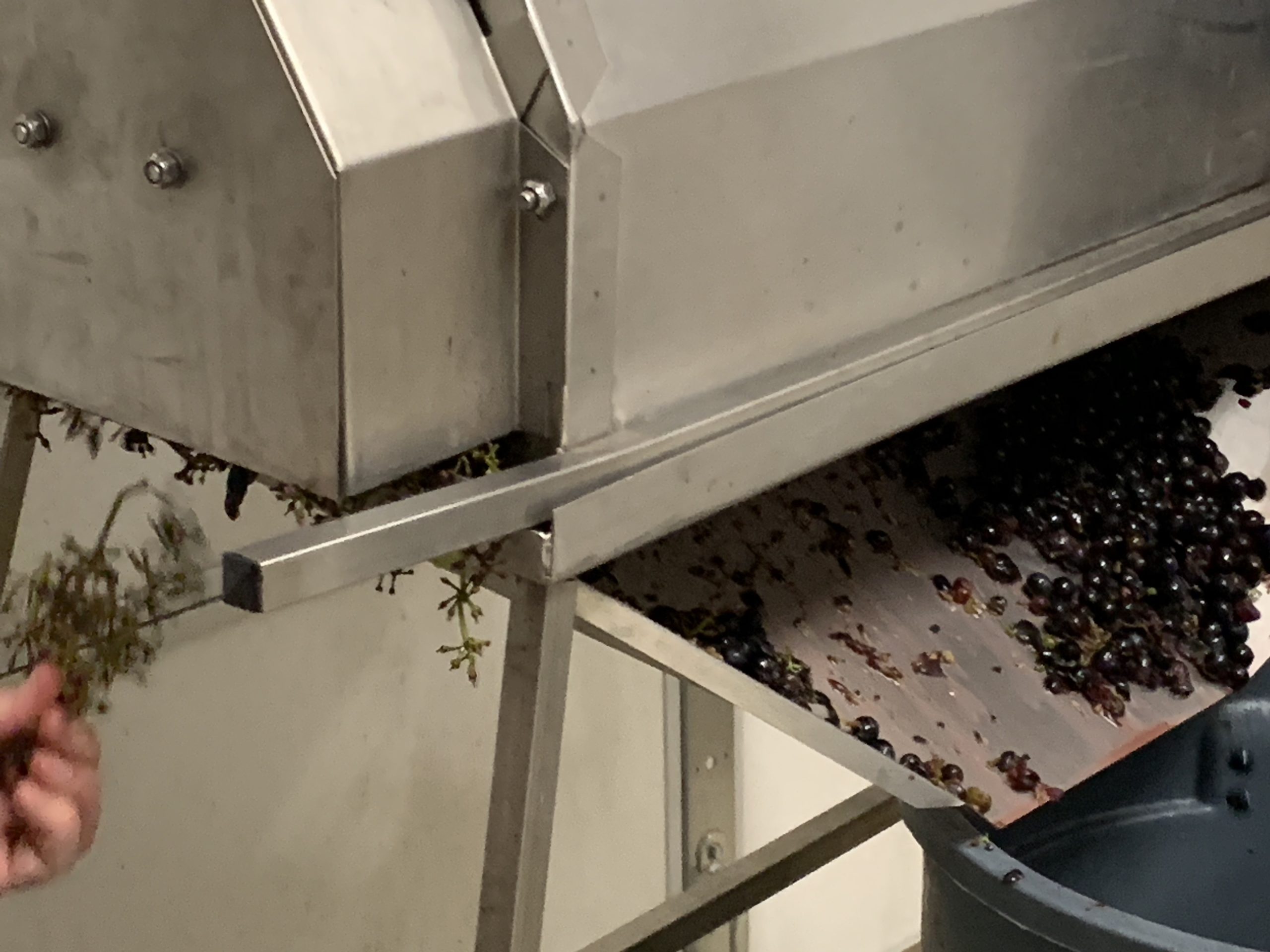
De-stemming done, the reds are ready to, yes, be stomped. I did the old Lucille Ball thing and almost spilled over a whole barrel!
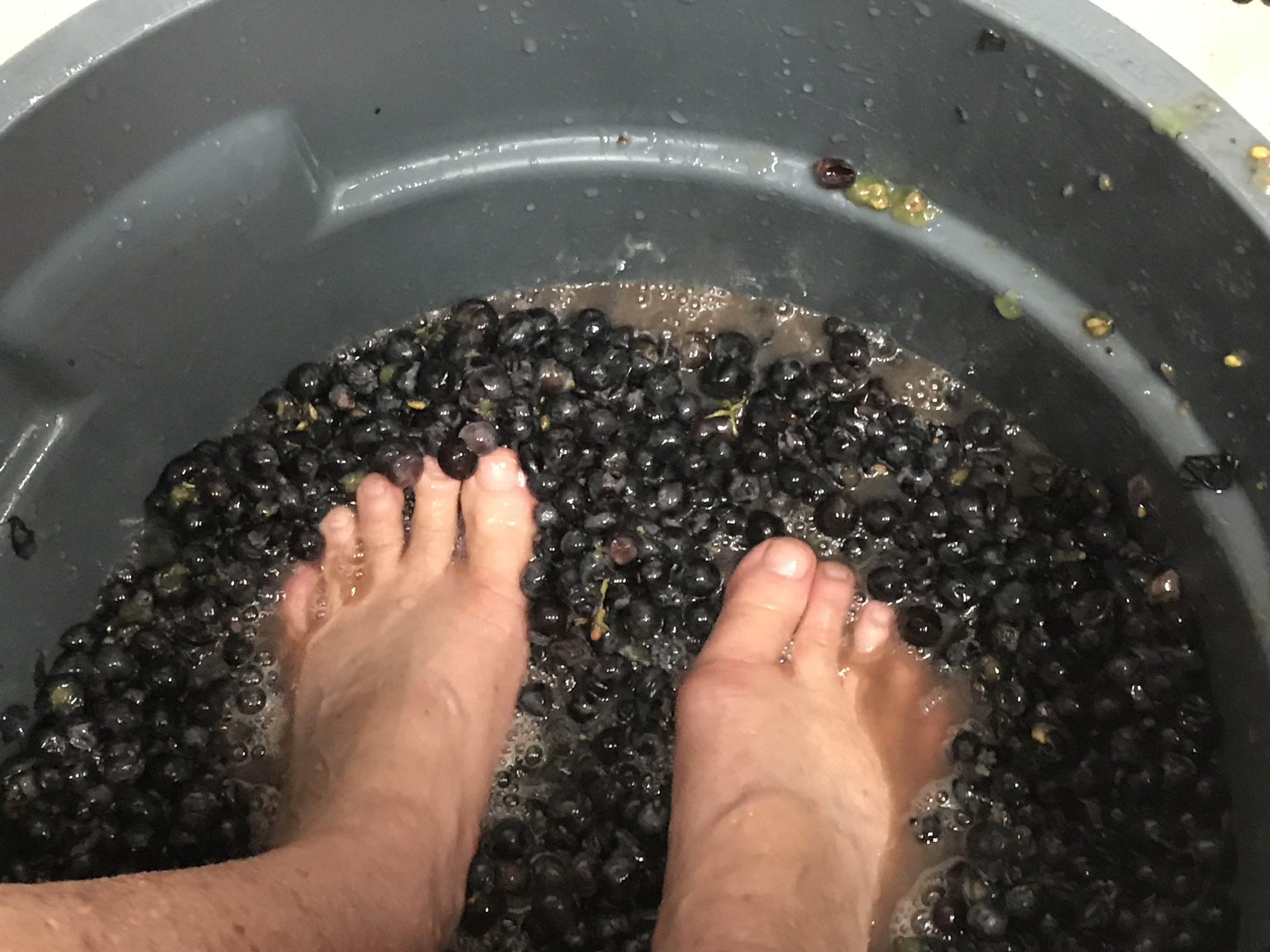
Grapes are stomped to break the skins, and believe it or not, this is a gentle way of doing it. The grapes release their natural enzymes that break down the cell walls. It draws out the polyphenols from cells just below the inner lining of the skins.
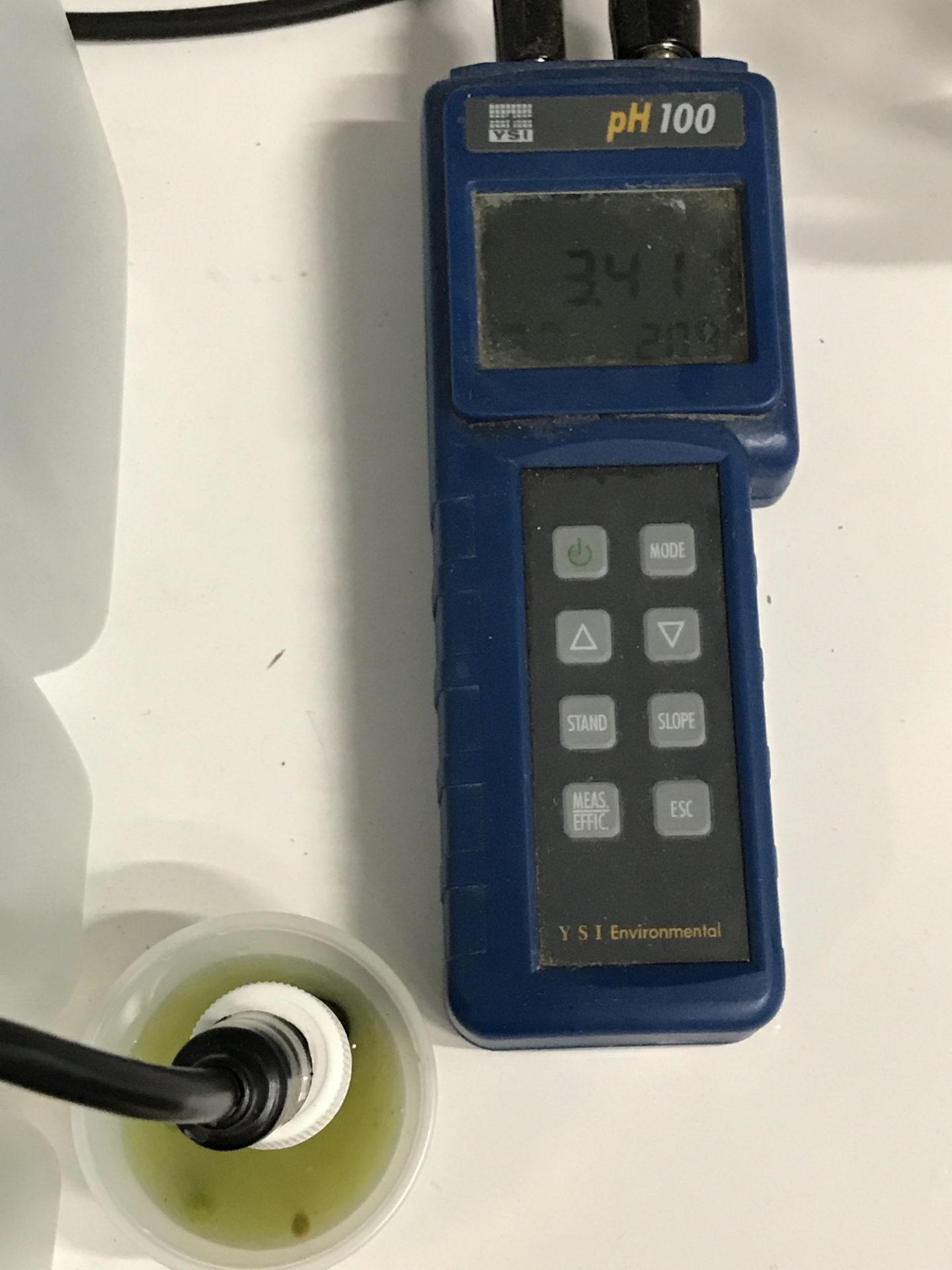
This is when the juice is measured for its sugar content and pH level. At the discretion of the winemaker, adjustments can be made to the acidity levels for both reds and whites. Our winemaker chooses to add frozen must from the whites harvested two weeks before to the red barrels. Apparently reds can reach a saturation point for color, and adding white must can encourage more color out of the skins. Who knew?
The red juice is now exhausted, not to mention the stompers, and needs to rest. Barrels are moved into a cooler to settle. The stompers get another glass of wine.
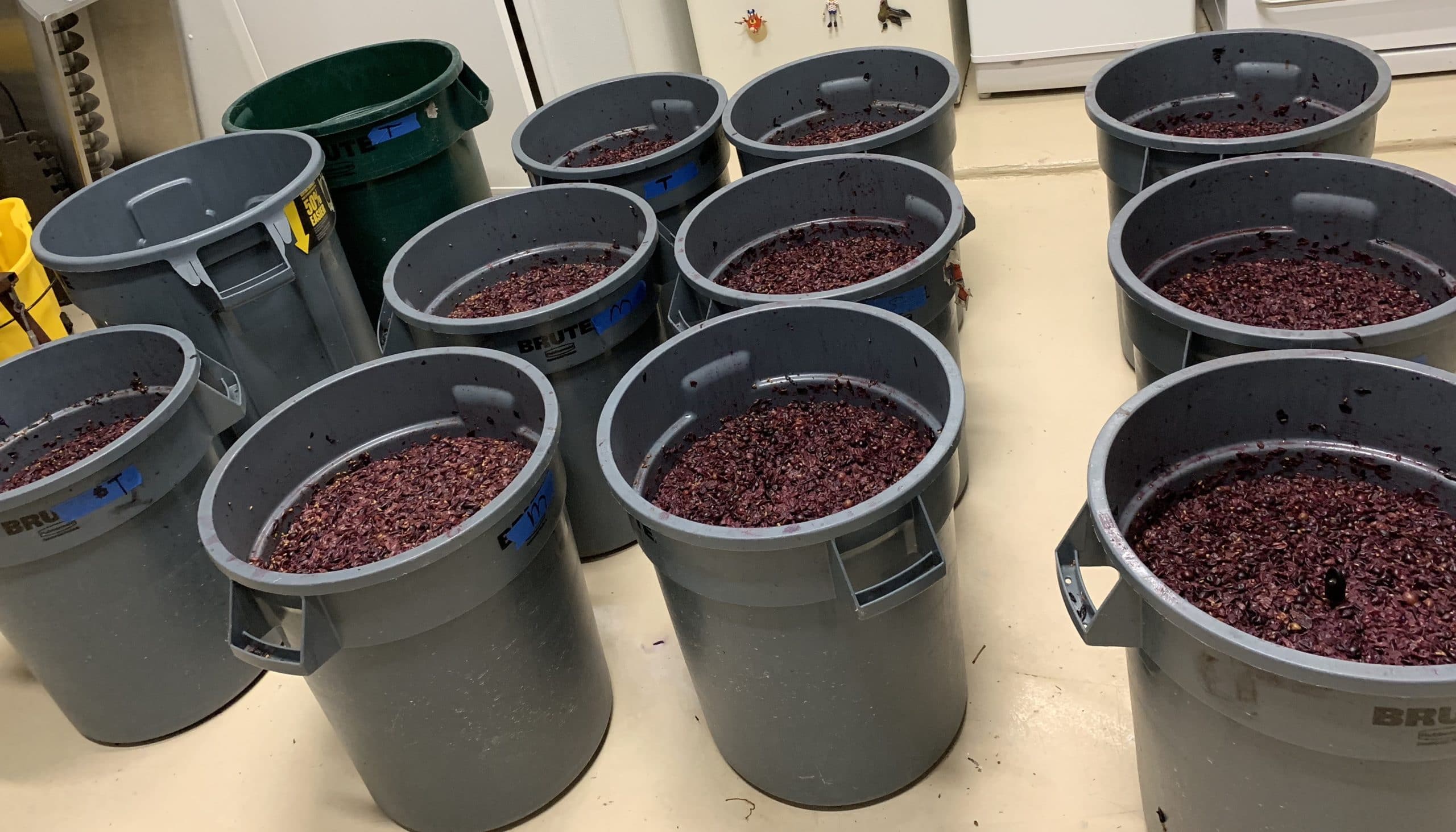
Phase IV:
Back to the whites. After stomping, the whites are ready for pressing. We used a bladder press. A rubber bladder is inside a mesh netting that is inside a metal drum with holes in it.
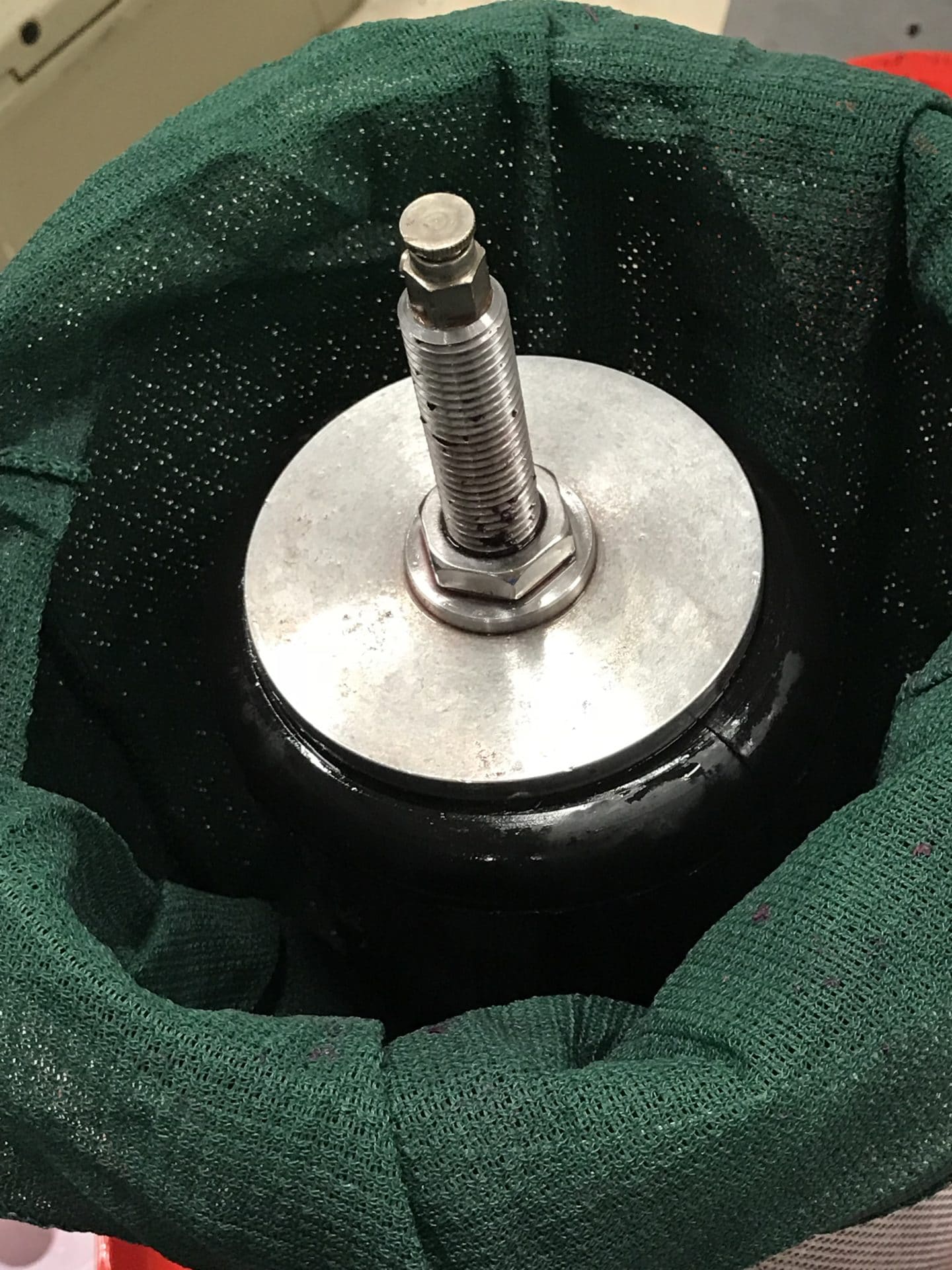
You pour the must (skins and seeds) into the mesh netting about 2/3rds from the top. Then screw on a metal top that has a valve for a water hose. There is a gauge to measure the pressure of the water that is filling the bladder.
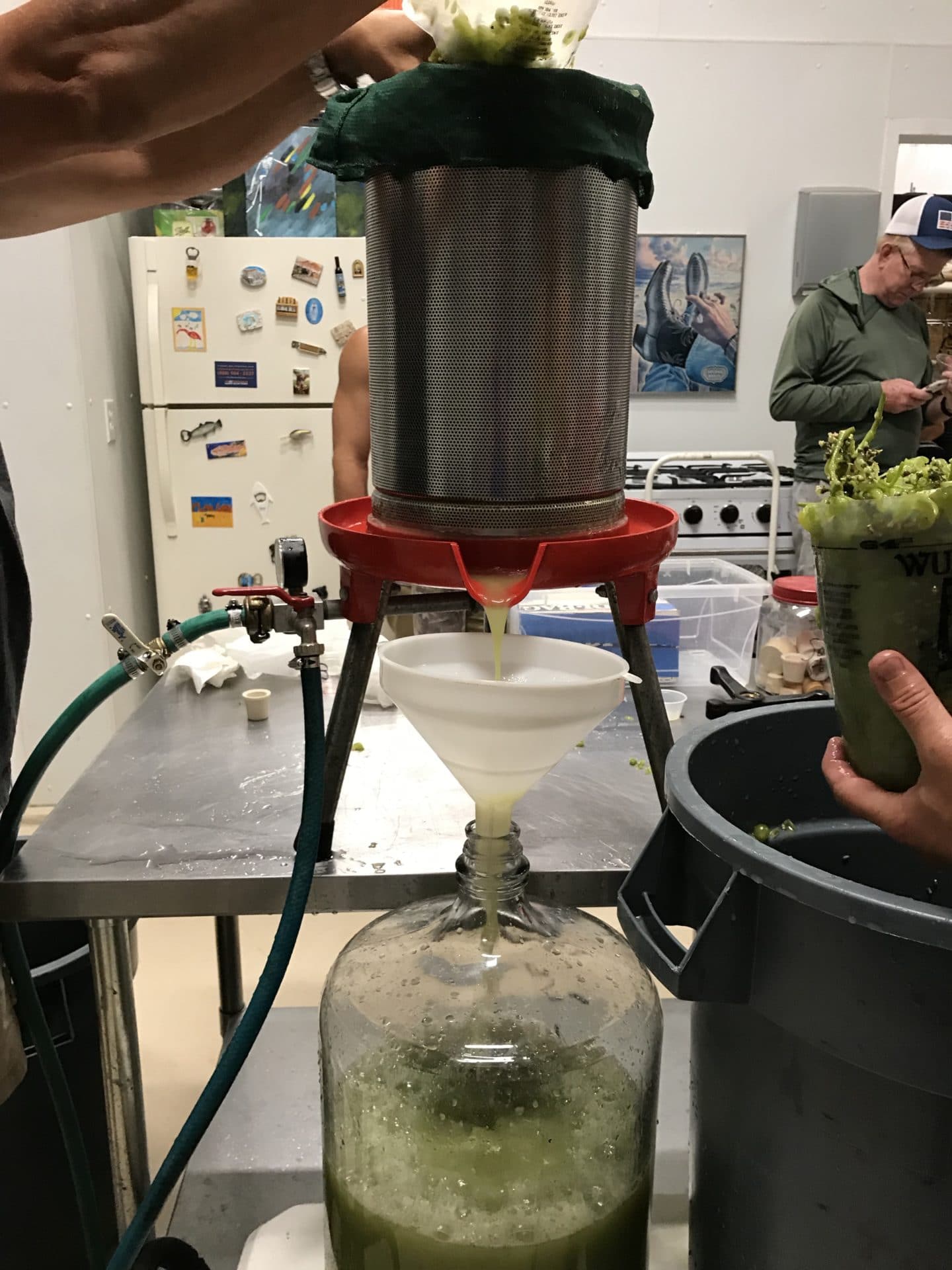
Water expands the bladder, gently pressing the juice from the must and through the holes of the drum. Then the juice drains into glass containers, where it will settle for a couple of weeks in the cooler. As the wine rests, it begins the fermentation process, and the solids settle to the bottom of the containers.
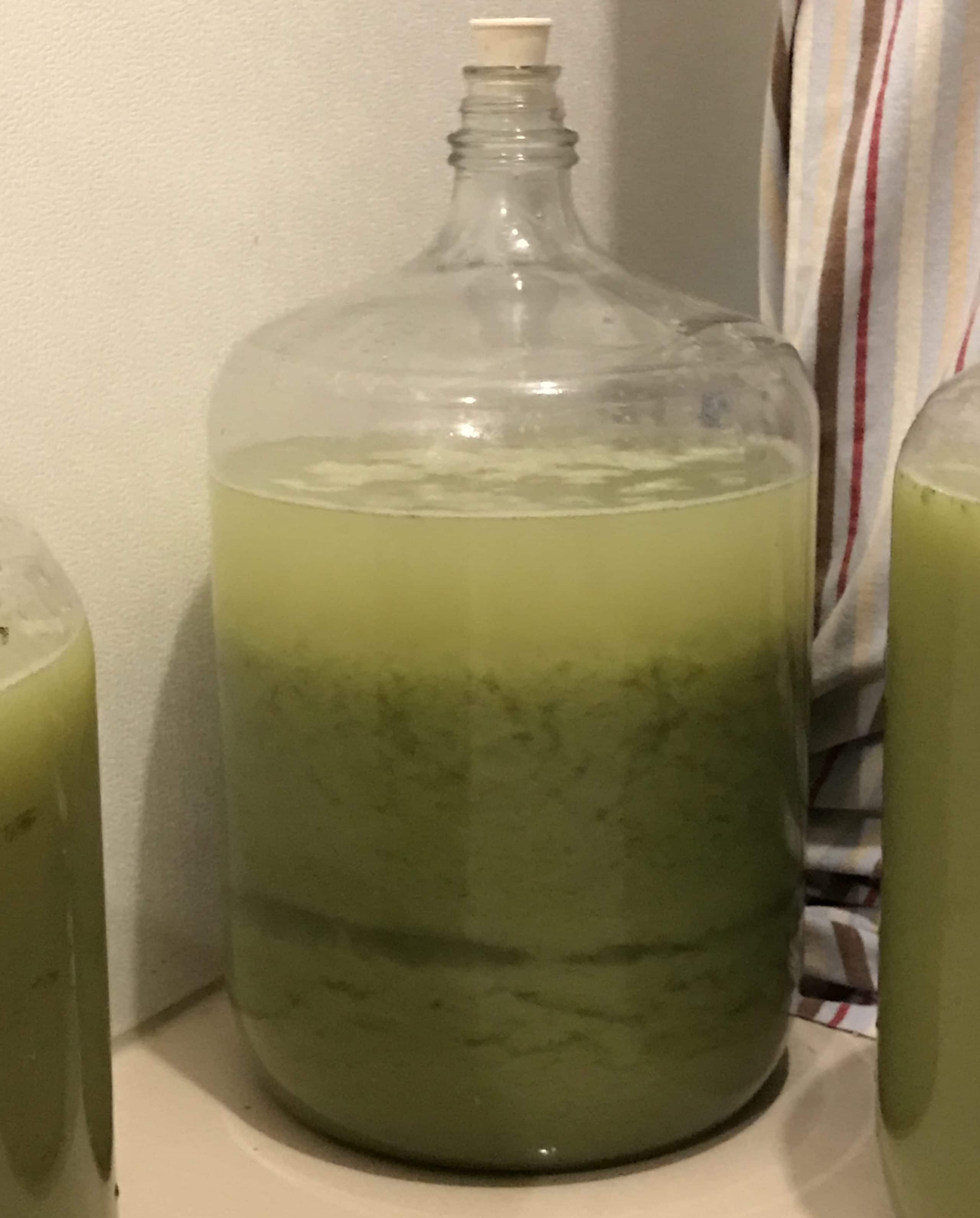
That’s enough for now. I’m exhausted just telling you about it. Truth be told, we did nap afterwards. Actually it’s great fun. I recommend it highly. If you ever have a chance to participate in a grape harvest, do it!
We’ll pick up with Phase V for your next installment of “How We Do Grape Harvest in Central Texas.“
If you are enjoying this armchair adventure, please subscribe and get my weekly articles. Who knows, you may learn something fascinating!
Also follow me on Instagram and Facebook for daily glimpses into my endless journey through the Ageless World of Wine.
Until next time,
Be Ageless! Be Happy!
Christia

